1.3 Time-underemployment indicator 3: Seeking a replacement job with more hours
The third and final time-related underemployment indicator identifies those workers who are looking for a replacement job with more hours. For this, the Labour Force Survey asks participants whether they are looking for a different or additional paid job. If they answer yes, they are asked to clarify if it is an additional job or a replacement job. According to the definition of time-related underemployment, in this case we only consider those who are looking to replace their current job.
Among those looking to change their job, between 15% to 20% would like to work longer hours in their new job. In addition, the percentage of employees in this situation increased after the Great Recession. However, since 2020 this trend has reverted, which could be linked to developments such as the UK pilot experience of reducing the work week to four days, as shown in Figure 1.19.
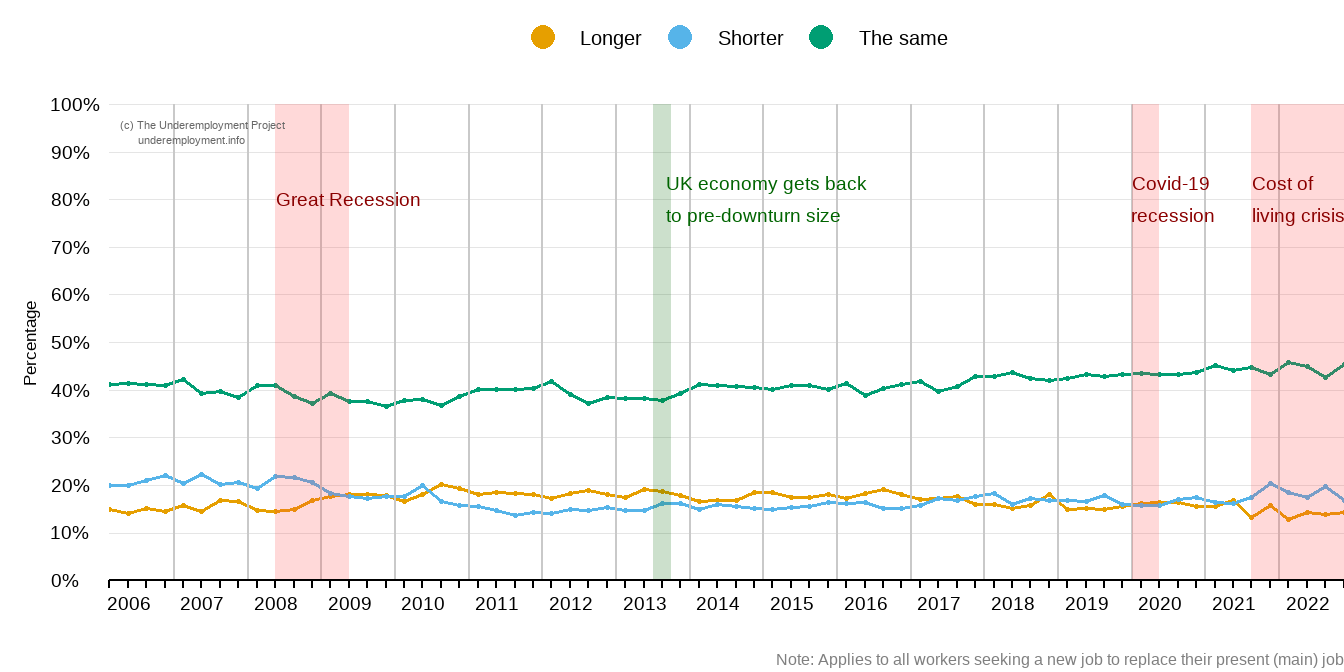
FIGURE 1.19: Preferred working hours in the job being looked for
1.3.1 Seeking a replacement job with more hours by sex
Figure 1.20 shows that between the period of 2006 to 2022 slightly more male than female workers sought a replacement job with more hours. Such differences reduced after the start of the cost of living crisis when female workers were more likely to look for a replacement job with more hours. This difference can be explained by the higher participation of men in the labour market compared to women, and the effects of the cost of living on female workers.
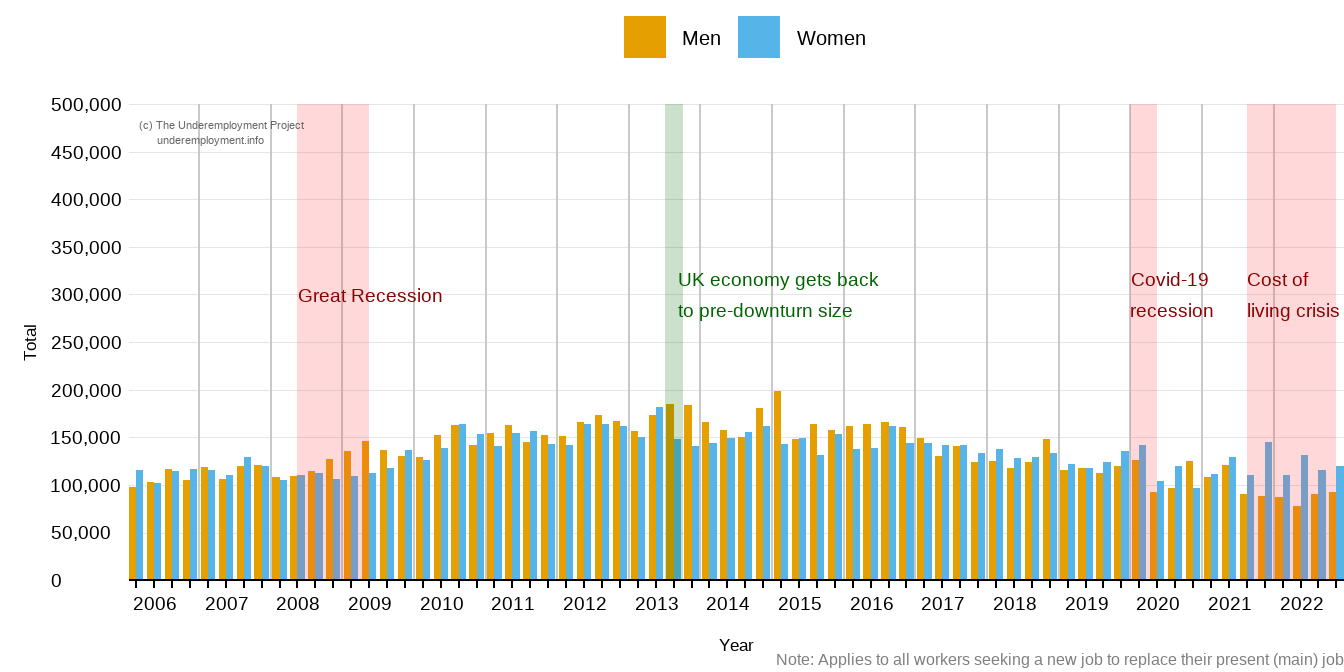
FIGURE 1.20: More male than female workers are seeking a replacement job
1.3.2 Seeking a replacement job with more hours by age group
Considering the trends in the three indicators of time-related underemployment, younger workers could be considered more at risk of falling under this category than older workers. Specifically, Figure 1.21 shows that the majority of workers looking to replace their jobs are between 18 to 24 year old, followed by those between 25 to 34 years old.
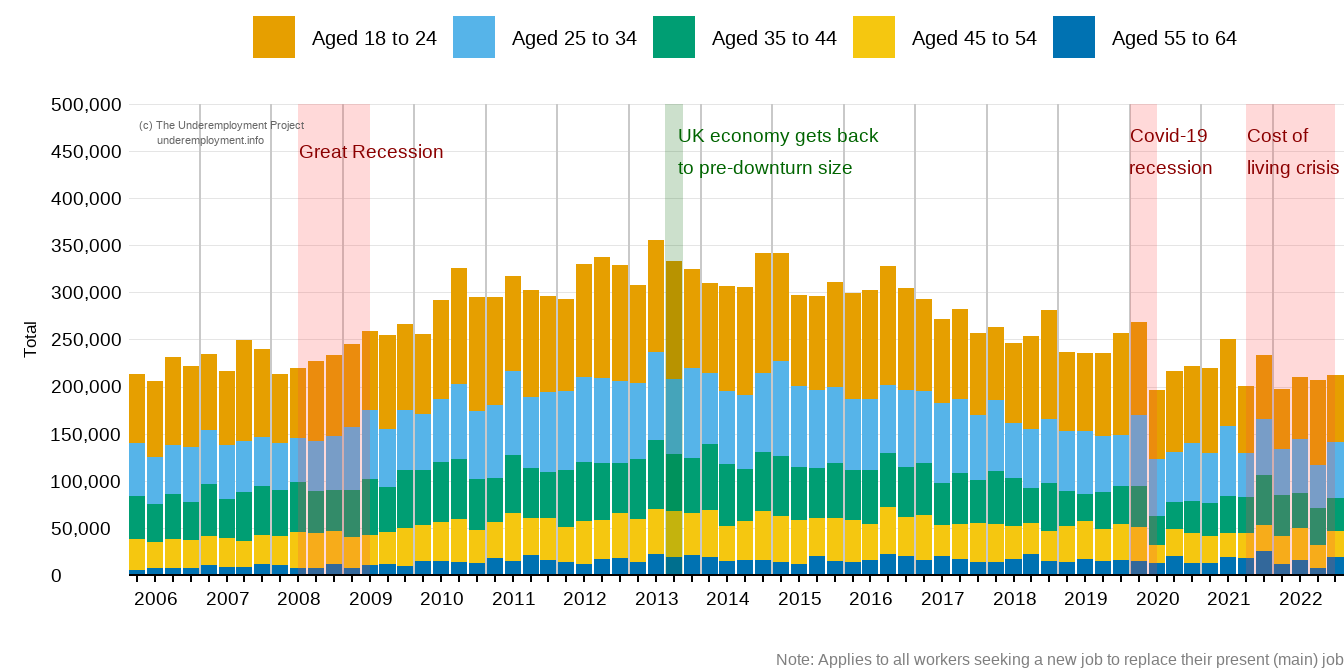
FIGURE 1.21: Younger workers are more likely to look for a replacement job
Furthermore, as shown in Figure 1.22 the group with the highest proportion of workers seeking to replace their jobs with one that has longer hours is concentrated among those between 18 and 24 years old.
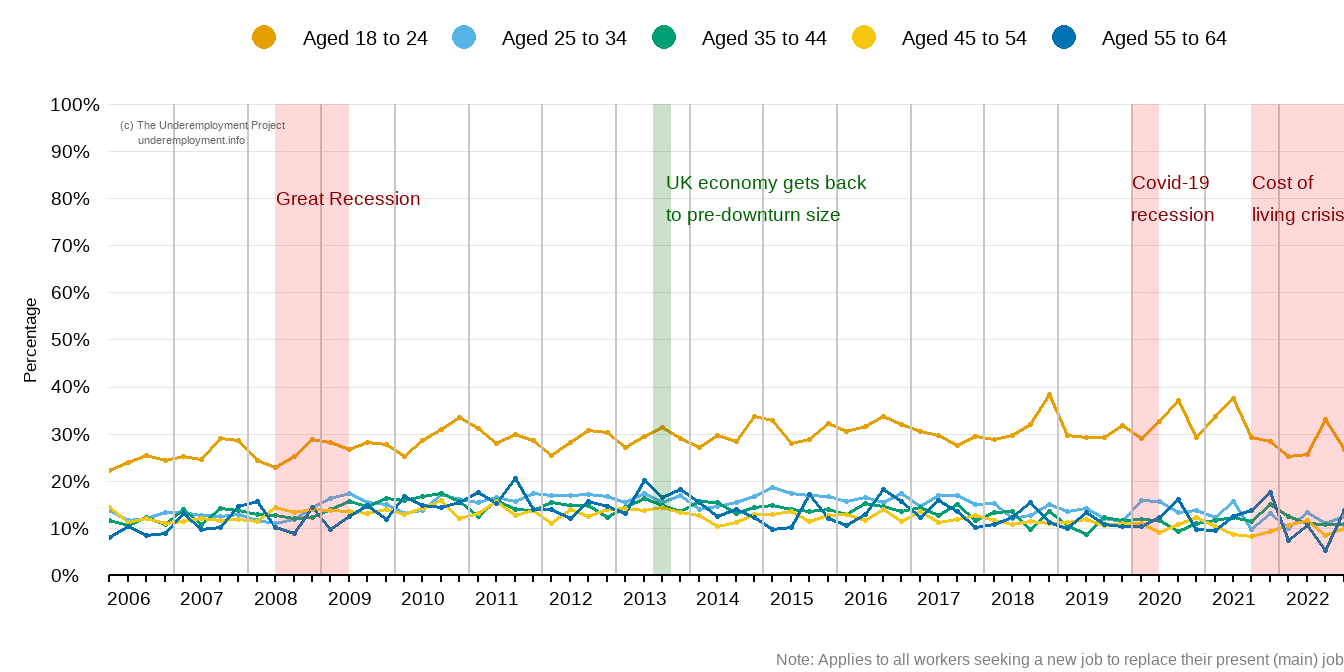
FIGURE 1.22: Workers between 18 to 24 years old looking for a replacement job with longer hours
1.3.3 Seeking a replacement job with more hours by ethnic group
As Figure 1.23 shows, the percentage of white workers looking to replace their jobs has consistently remained below 20% and relatively stable. In contrast, ethnic minority workers have consistently maintained percentages above only dropping below 20% at the onset of the cost-of-living crisis.
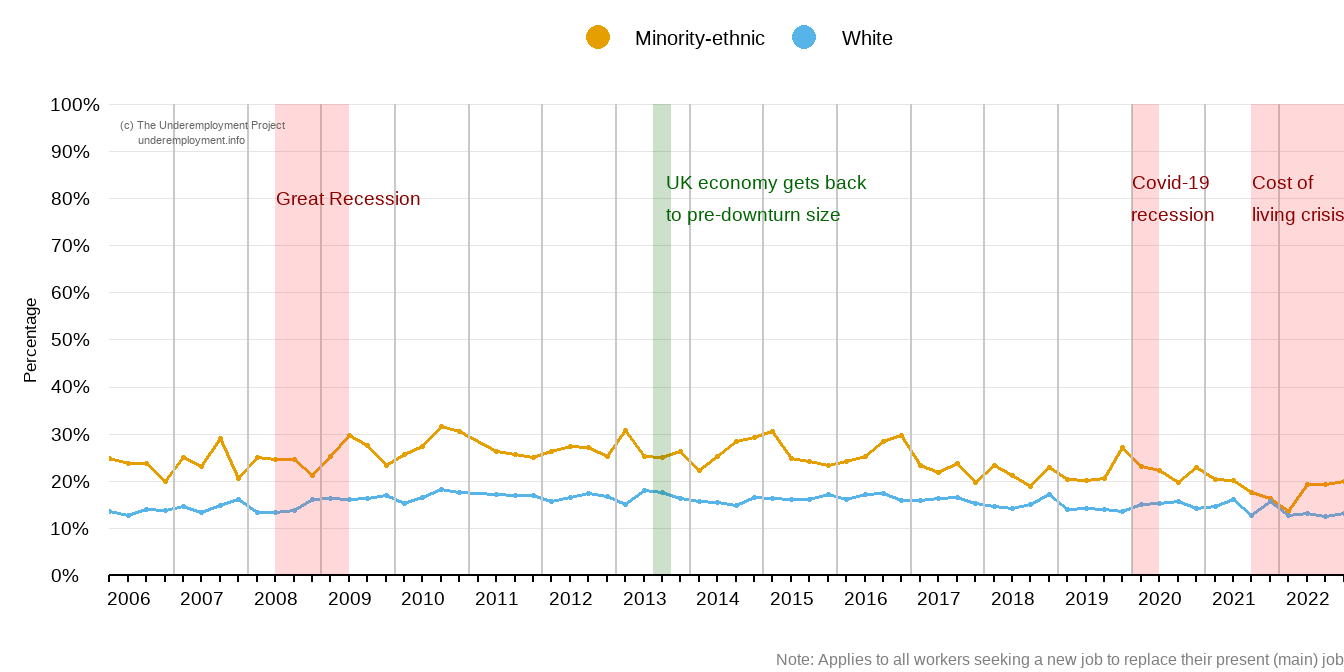
FIGURE 1.23: Ethnic-minority workers more likely to look for replacement jobs with longer hours
1.3.4 Seeking a replacement job with more hours by occupational group
Lastly, workers in routine and semi-routine occupations are more interested in replacing their current job than are other workers. Figure 1.24 shows furthermore that this group is considerably more likely to look for a replacement job with longer hours compared to management and professional occupations.
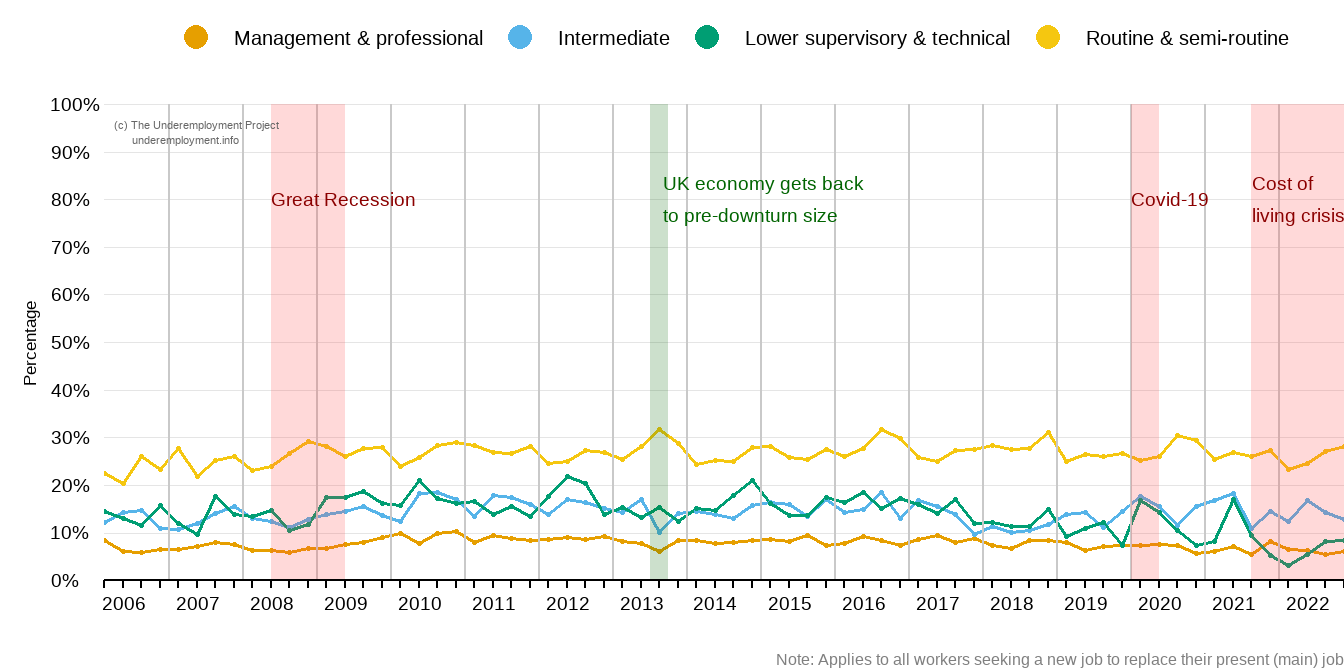
FIGURE 1.24: Working class workers more likely to seek replacement jobs with longer hours